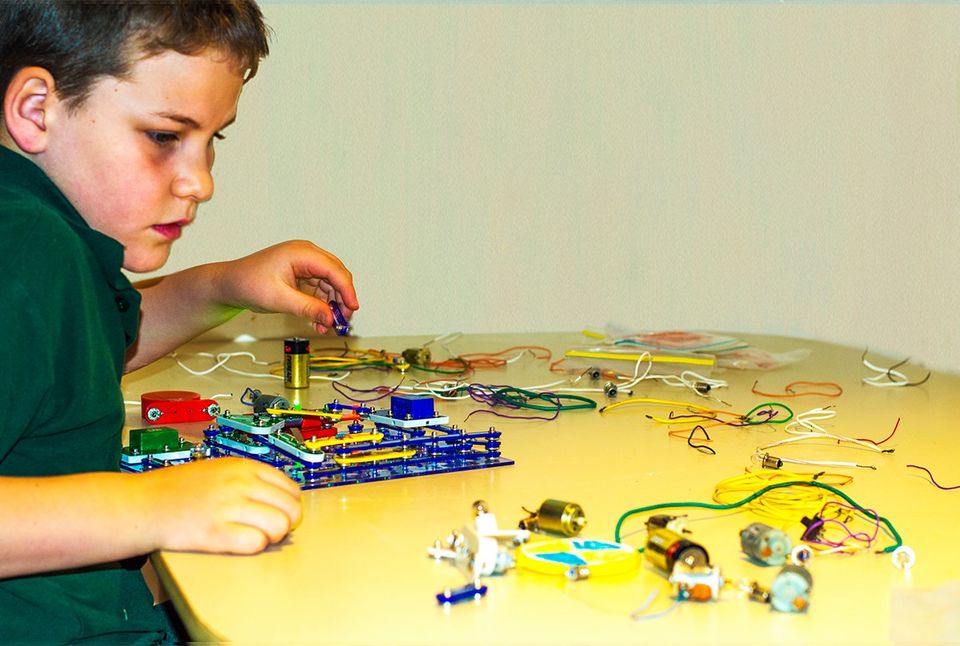Electromagnetism is all about how charges affect each other and how the interaction of electrical and magnetic fields induce the flow of charge. It is still the movement of charge, but in this context, it is the movement of a charge through a circuit. As electrons move through a circuit they induce a magnetic field. Conversely, a moving magnetic field ...
Reflection, absorption, refraction, diffraction. The basics
What is reflection We can see objects because light reflects off that object and into our eyes. But we didn’t always understand it this way. Pythagoras (about 500 years BCE), best known for the theorem of the right-angled triangle, proposed that vision resulted from light rays emerging from a person's eye and striking an object. Epicurus argued the opposite: Objects ...
FLEET Schools Home science: Electromagnetic energy
Here we go a little bit quantum with a look at wave-particle models, light and sound and what all this means for energy-efficient electronics. 13 Oct 2021Reflection, absorption, refraction, diffraction. The basics22 Sep 2021FLEET Schools15 Oct 2021Electricity and magnetism: electromagnetism15 Jan 2018Electric Motors: Spinning Wire
FLEET Schools
FLEET Schools is a resource for primary and secondary teachers, and students to engage with physics and chemistry, and to learn and think about the research problems FLEET is working on. That problem is our ever increasing energy requirements coming from our rapidly increasing demand for computation. Think Internet of Things, AI, driverless cars, smart phones and gaming. To solve ...
Electric Motors: Spinning Wire
The spinning wire experiment is actually an experiment that creates a simple motor, known as a homopolar motor, with the use of just three things. Download pdf of activity, that include samples table to record student observations Learning intentions Students will replicate Faraday’s simple electric motor to build on their understanding of the relationship between magnetism and electricity. Aim To …


